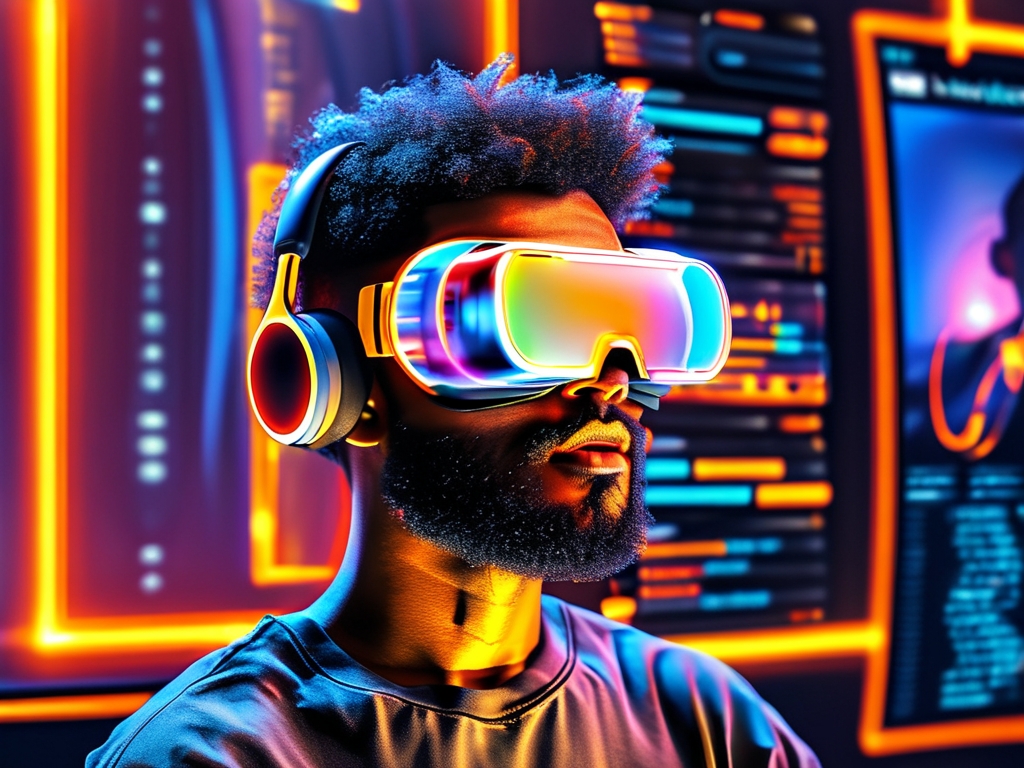The rapid evolution of augmented reality (AR), virtual reality (VR), and mixed reality (MR) has ushered in a new era of human-computer interaction. At the forefront of this revolution is the demand for holographic interaction designers—creative professionals who blend artistry, technology, and user experience (UX) principles to shape immersive digital environments. As industries from entertainment to healthcare embrace holographic systems, companies worldwide are scrambling to recruit talent capable of redefining how humans interact with machines. This article explores the growing importance of holographic interaction designers, the skills they bring to the table, and why this role is critical for businesses aiming to lead in the next decade.

The Emergence of Holographic Interaction Design
Holographic technology, once confined to science fiction, is now a tangible tool transforming industries. From 3D medical imaging to interactive retail displays, holograms are breaking barriers between the physical and digital worlds. However, creating seamless holographic experiences requires more than advanced hardware—it demands intuitive, user-centered design. This is where holographic interaction designers excel. They bridge the gap between technical innovation and human needs, ensuring that holographic interfaces are not only functional but also emotionally resonant.
For example, in healthcare, holographic designers are crafting surgical training simulations that allow medical students to "touch" and manipulate 3D organs. In education, holographic classrooms enable students to explore historical events or molecular structures in lifelike detail. These applications highlight the designer’s role in making complex systems accessible and engaging.
Core Skills of a Holographic Interaction Designer
Recruiting for this role requires a nuanced understanding of both technical and creative competencies. Key skills include:
- Spatial Design Expertise: Unlike traditional 2D interfaces, holographic systems operate in three dimensions. Designers must master spatial storytelling, depth perception, and gesture-based navigation.
- Proficiency in AR/VR Tools: Familiarity with platforms like Unity, Unreal Engine, or Maya is essential for prototyping and rendering interactive holograms.
- User Psychology: Understanding how users perceive and interact with holographic elements—such as eye tracking, hand gestures, or voice commands—is critical for creating intuitive experiences.
- Cross-Disciplinary Collaboration: Holographic projects often involve engineers, data scientists, and product managers. Designers must communicate effectively across teams to align vision and execution.
- Ethical Awareness: As holographic tech collects biometric data (e.g., gaze patterns, motion tracking), designers must prioritize privacy and inclusivity.
Why Companies Are Investing in This Role
The global holographic display market is projected to exceed $11 billion by 2030, driven by demand in gaming, automotive, and telecommunication sectors. For businesses, hiring holographic interaction designers isn’t just about keeping up with trends—it’s a strategic move to future-proof their offerings.
Take the automotive industry: Companies like BMW and Tesla are integrating holographic dashboards that project navigation alerts and vehicle diagnostics onto windshields. A skilled designer ensures these interfaces reduce driver distraction while enhancing situational awareness. Similarly, in retail, holographic mirrors allow customers to "try on" clothes virtually, merging e-commerce with experiential shopping. Without thoughtful design, such innovations risk feeling gimmicky or overwhelming.
Challenges in Hiring Holographic Talent
Despite the demand, recruiting qualified holographic interaction designers remains challenging. The field is nascent, and few universities offer specialized programs. Most professionals are self-taught or transition from related fields like game design or UX/UI. To attract top talent, companies must:
- Offer competitive salaries and remote-friendly workflows, as many designers value flexibility.
- Provide access to cutting-edge tools, such as Microsoft HoloLens or Magic Leap headsets.
- Foster a culture of experimentation, where failure is seen as a step toward innovation.
The Future of Holographic Design Careers
As AI and 5G networks enhance holographic capabilities, the role of designers will expand. Future applications might include holographic social media platforms, AI-powered virtual assistants with lifelike avatars, or disaster response systems that project real-time hazard maps. Designers who embrace lifelong learning—particularly in AI ethics and real-time rendering—will thrive in this dynamic landscape.
Holographic interaction designers are the architects of tomorrow’s digital experiences. Their ability to merge creativity with technical rigor positions them as invaluable assets in an increasingly holographic world. For organizations, investing in this talent isn’t just about filling a job opening—it’s about shaping the future of human interaction. As the boundaries between reality and imagination blur, one thing is clear: those who master holographic design today will lead the technological renaissance of tomorrow.




